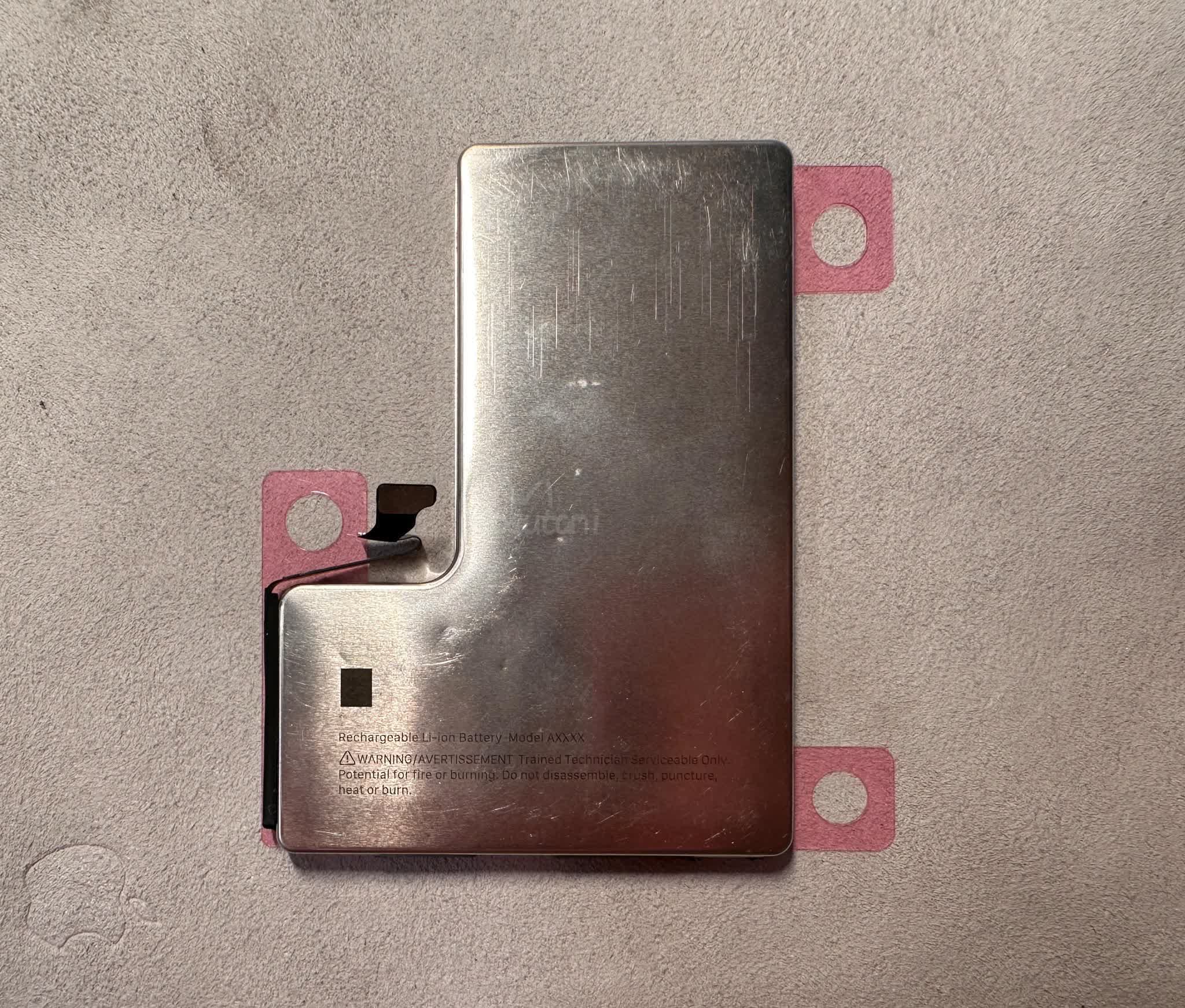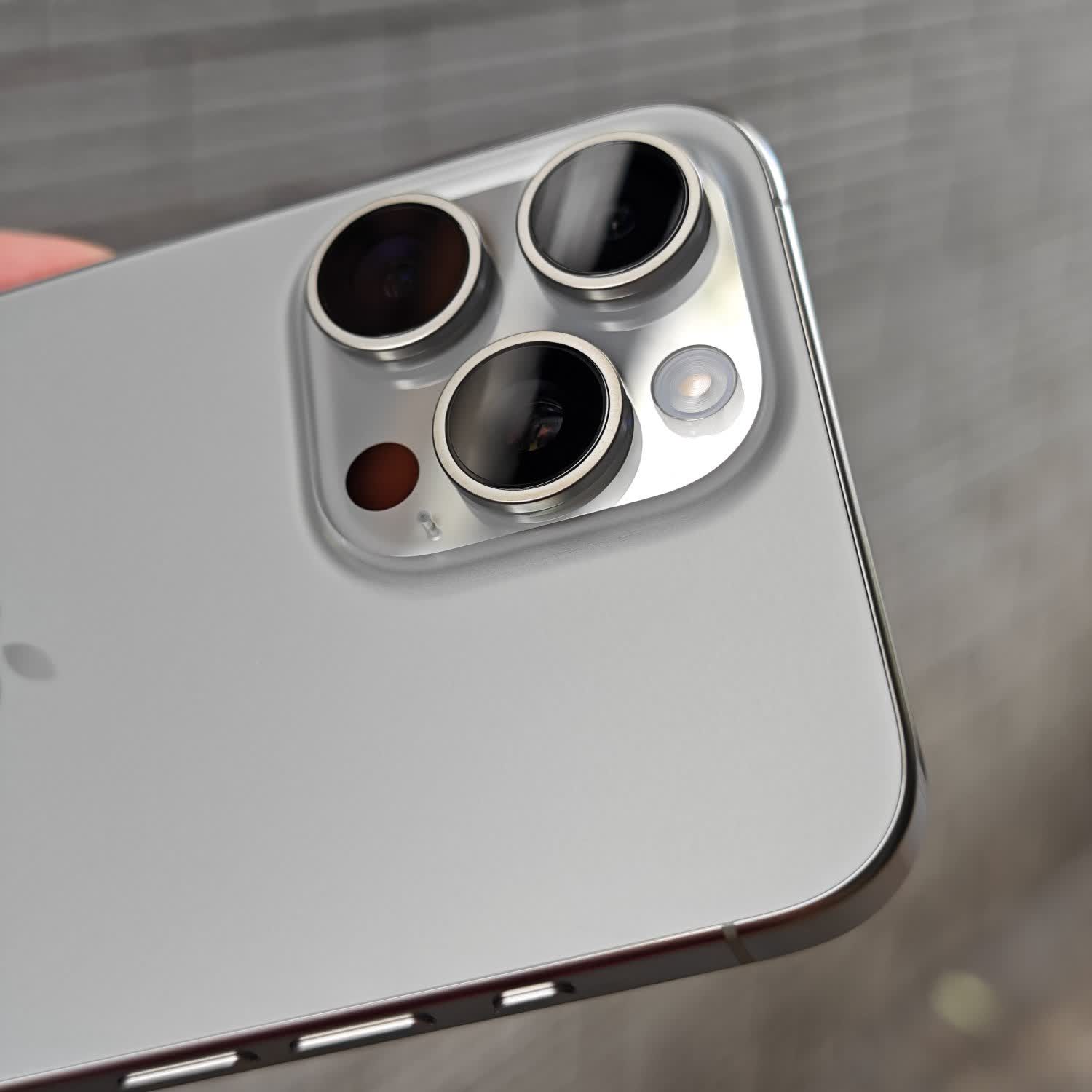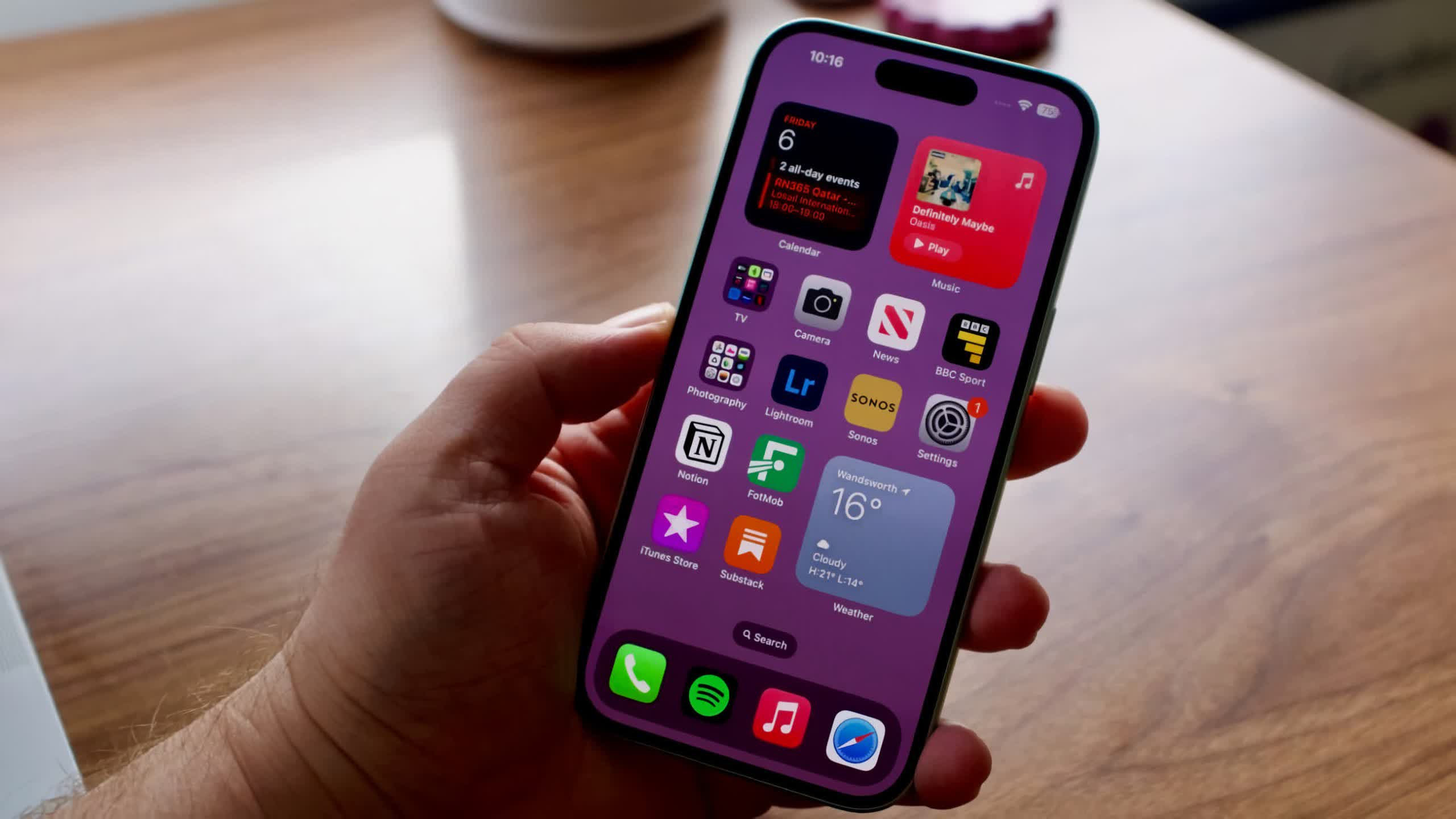Rumor mill: Most modern smartphones have sleek form factors that make removing batteries far more complex than earlier mobile devices. New EU rules might force manufacturers to rethink their designs, and reports indicate Apple will comply starting with this year's iPhone. These rumors align with earlier leaks showing a redesigned battery casing for the company's latest phone model.
Sources have told The Information that replacing batteries for the iPhone 16 will be somewhat easier. Although the process will likely still require professional assistance, Apple is making it less complex and risky to comply with new legislation from the European Union.
Removing a battery from an iPhone 15 involves numerous delicate steps, including carefully removing the adhesive strips locking the battery into place using tweezers (or a plastic card, according to iFixit). The new method reportedly involves applying electricity at low voltages to release the battery from the case.
Rumor has it that Apple will use a voltage-release adhesive for the battery of the next iPhone. Here's the adhesive in action. Apply 12 volts for 60 seconds and presto, your adhesive is debonded. Pretty cool! pic.twitter.com/p9Iu2woZfG
– Kyle Wiens (@kwiens) July 1, 2024

The updated process might be possible due to the new frosted metal shell for the iPhone 16 battery that leaked last year. Compared to the black foil casing Apple has used thus far, the metal might improve thermal distribution to minimize overheating. A redesigned battery removal procedure could be another result of the change.
Cupertino is complying with a law the European Union passed last year mandating that, new smartphones should allow users to easily remove and replace internal batteries by 2025. However, removing the iPhone 16's back cover likely won't be significantly simpler than its predecessors, so many owners will continue relying on Apple stores or other repair shops. Still, the upcoming phone will likely launch around the same time that the company is set to enact more lenient repair policies.

Apple recently made other significant changes to the iPhone amid tightening EU regulations. The iPhone 15 became the first variant to replace Apple's proprietary lightning cable connector with the standard USB-C, and European iOS users now have more options regarding where they can download software.
Other rumored changes coming to the iPhone 16 include the thinnest bezel yet, a capture button, and the first NPU core count increase in four years. A more powerful NPU would be used to improve the performance of the recently unveiled Apple Intelligence generative AI functionality.
